For a fascinating and altogether different way to explore Indonesia’s wonder, embark on a train journey across the island of Java.
My first rail journey across the Indonesian island of Java was on Christmas Day in 1989, when I boarded a train from Yogyakarta for what I thought would be Jakarta. The journey started well with a reasonably small but comfortable seat in the fan-cooled carriage, along with a handful of other passengers.
As the train proceeded westward across Indonesia’s (and the world’s) most populous island, it made regular stops for passengers to board the train. Sadly, no one alighted as new passengers boarded, and before long, the carriage became very congested. Windows were opened, the already cramped seats began to be shared, and spare space soon became non-existent. I remember food vendors squeezing through the carriage, and then a musical troupe performed in an impossible space. After a few hours, it became unbearably stifling, and I eventually escaped the mayhem at a station and into the darkness of a small town beyond Bandung and, on the following day, completed my journey by bus.
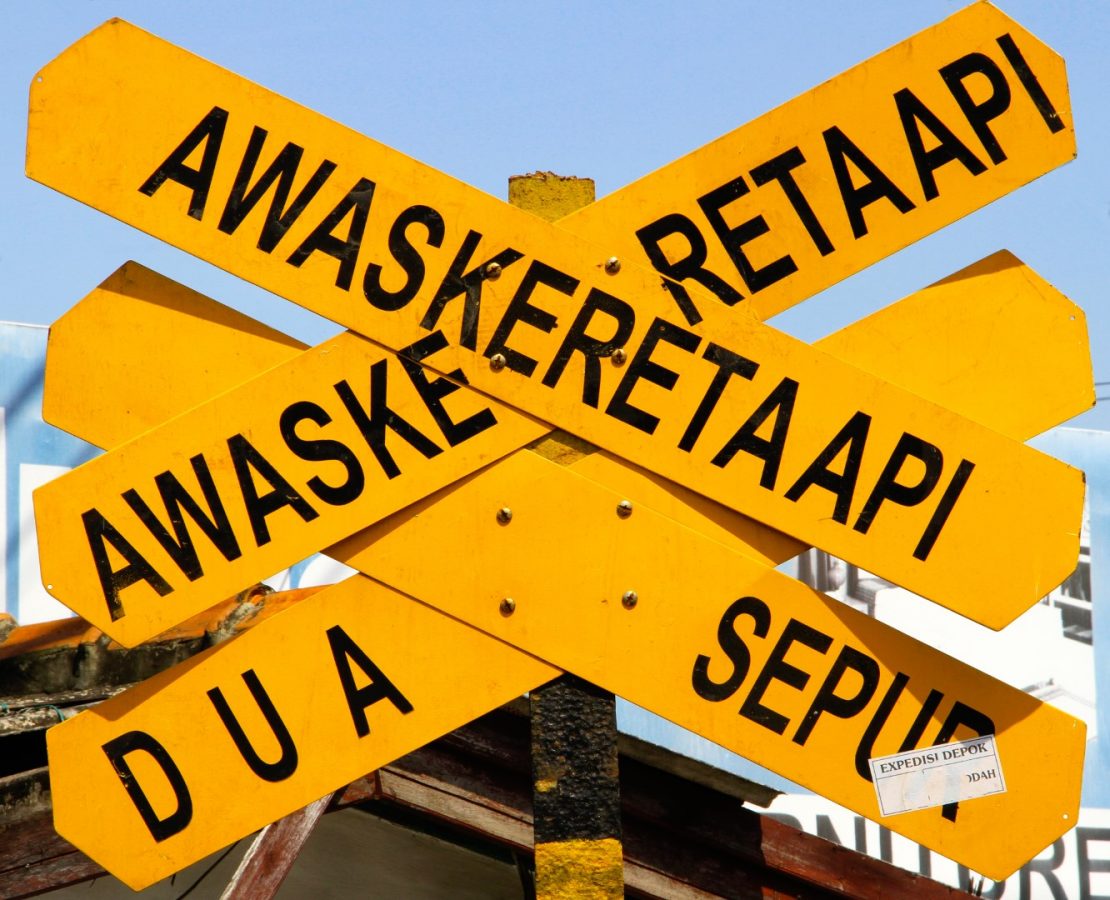
Fast forward to the 21st century, and perhaps not surprisingly, things have changed; there are now more people, and while the rail infrastructure has been upgraded, it only just manages to stay on top of an ever-changing situation.
However, a new high-speed line to Bandung has been added near the main line from Jakarta to the east. This is one of the region’s first high-speed railways, and it offers a model for a similar line that is often discussed for connecting Kuala Lumpur and Singapore.
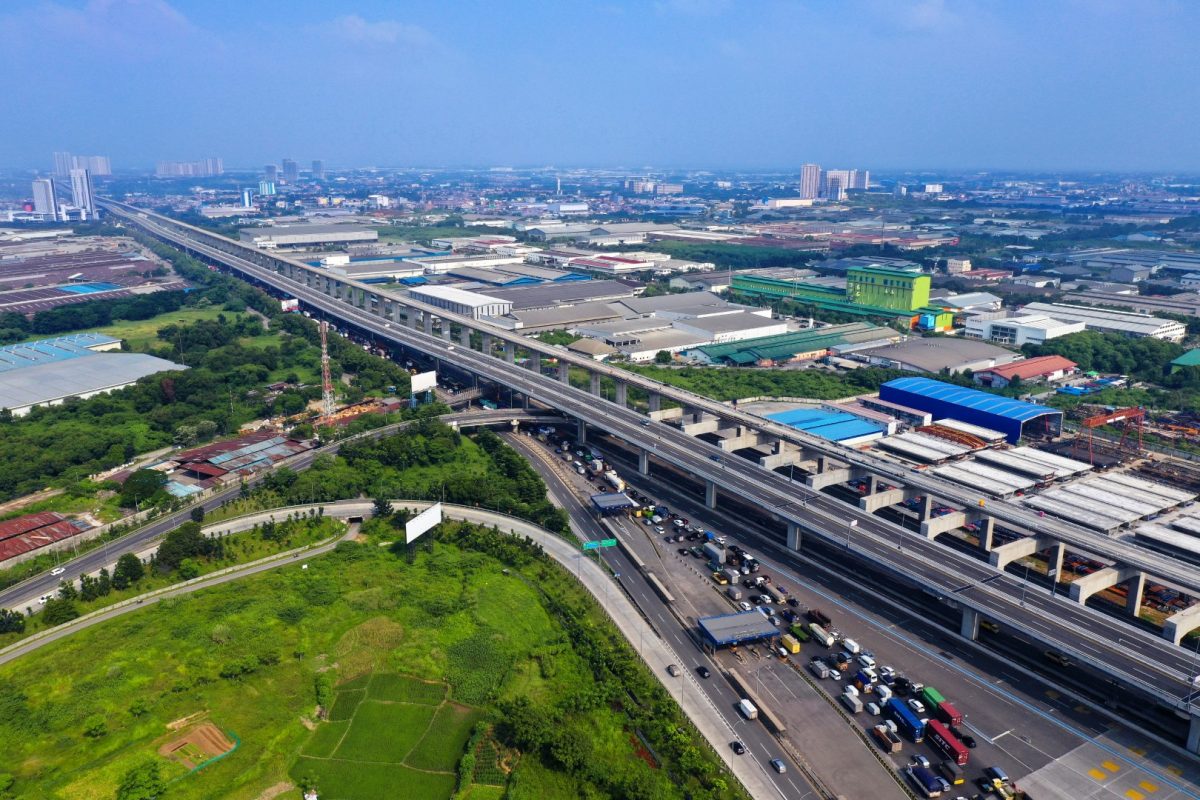
Because few travellers use Asian trains for anything beyond simply travelling between destinations, I have detailed some attractions along the way for those who want to use the train to explore parts of Java on an extended rail holiday. Adventurous travellers may even want to consider travelling easterly from Jakarta to Banyuwangi and then taking a ferry from Ketapang to Gilimanuk in the westernmost parts of Bali.
RAIL HISTORY
The first railway of 25 km, from Semarang to Tanggung in what were then the Dutch East Indies, opened in 1867. While Indonesia extends over more than 17,000 islands, only Java and Sumatra have railway networks, but there are ongoing discussions regarding Sulawesi and Kalimantan.
Much of Indonesia’s 6,000-km network was established by the Dutch colonialists between 1867 and 1945. After Indonesian independence in 1945, and full sovereignty recognition in 1949, the existing railways were combined and nationalised in 1958 as Indonesian State Railways. This was reorganised into a public company in 1991 and corporatised as PT Kereta Api in 1998.
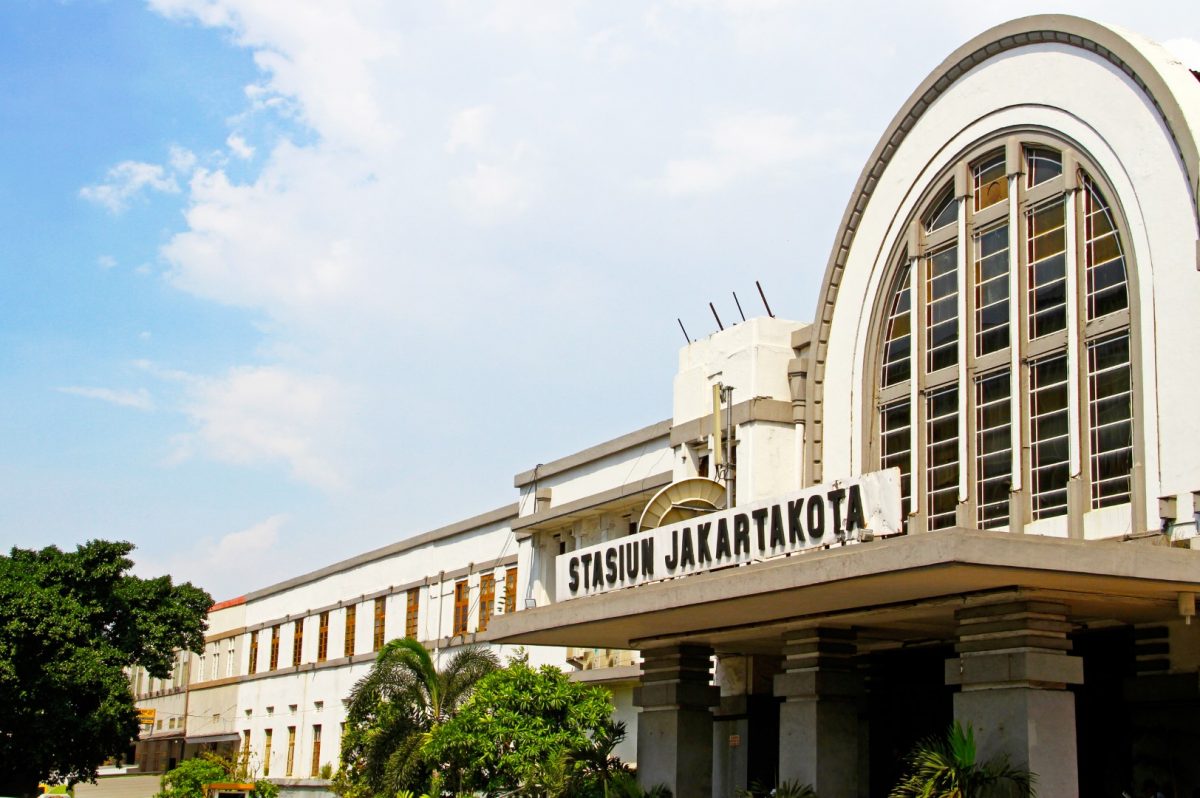
Java’s railway extends from Merak in the northwest, eastward to Banyuwangi, near the port of Ketapang for ferries to Bali. The two main lines are from Jakarta to Surabaya and on to Banyuwangi, and the southerly line from Jakarta to Yogyakarta and on to Surabaya.
The first train from Batavia (as the Dutch East Indies capital and now Jakarta was previously known) proceeded via Buitenzorg (now Bogor) to Sukabumi to reach Bandung in 1884. It was extended to Cilacap and Yogyakarta by 1872 and then onto Surabaya. In 1906, a new and shorter northerly line via Cikampek and Purwakarta to Bandung opened. This new route was 156 km, as opposed to 194 km. The Sukabumi to Bandung route was temporarily closed in 2001 with the collapse of the Lampegan Tunnel but it reopened in 2014. The service from Sukabumi currently terminates at Cipatat, near Cianjur, as the remaining line to Bandung isn’t serviceable.
While steam locomotives were replaced by diesel locomotives in 1984, some steam engines still operate at the Ambarawa Railway Museum as well as on some sugar plantations in Central and East Java.
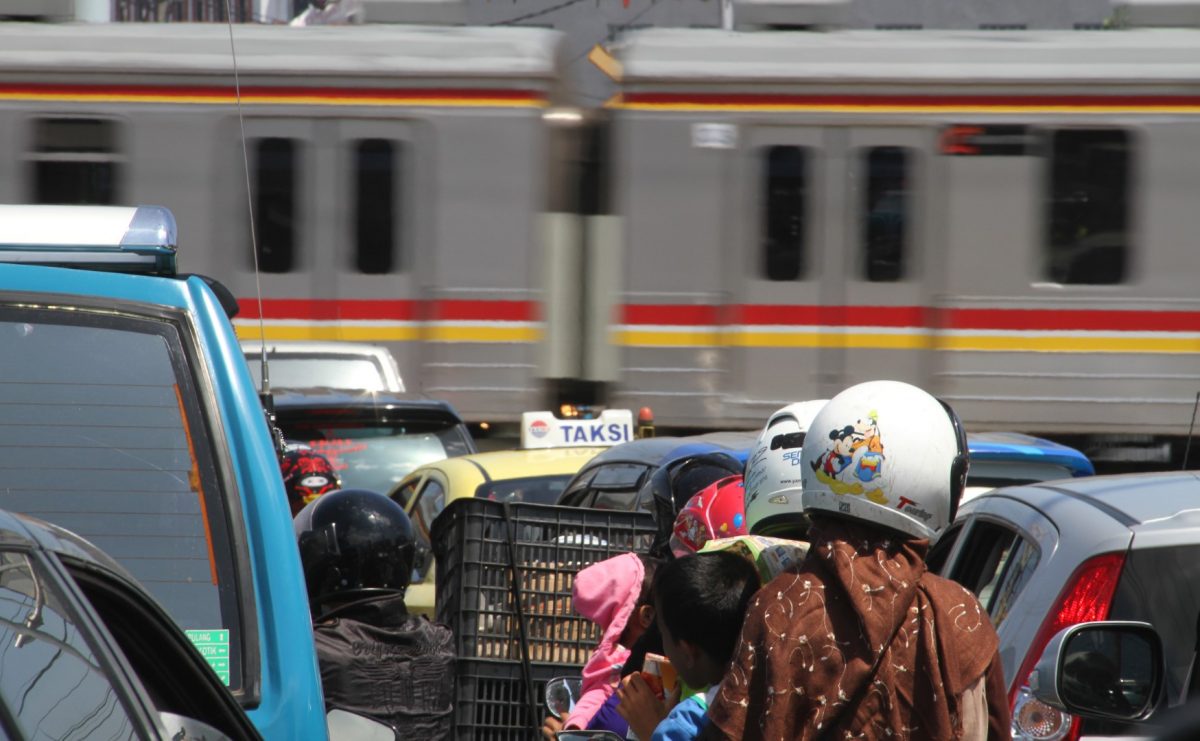
JAKARTA TO YOGYAKARTA
This 8.5-hour journey starts in Jakarta and ends in Yogyakarta, the nation’s cultural heartland. It’s an exhilarating trip as it combines the hustle and bustle of Jakarta with many cultural experiences in what the locals call ‘Jogja.’ Some trains continue onto Solo (Surakarta), one hour to the northeast, and others to Surabaya. Day trains are best for those who want to admire the countryside, while an overnight train departs mid-evening and arrives before sunrise for travellers who want to save on a night’s hotel accommodation.
Trains to Yogyakarta depart from two stations: either the main station, Jakarta Gambir (mostly Eksekutif Class trains), or Jakarta Pasar Senen (mostly Ekonomi Class trains). Travellers interested in station design and Art Deco architecture should visit Jakarta Kota Station, built and designed in 1929 by the Dutch. It is located in the historic Kota district, which is also worth exploring. Commuter and intercity trains to Bogor, Cikarang, and Tanjung Priok also use this station.
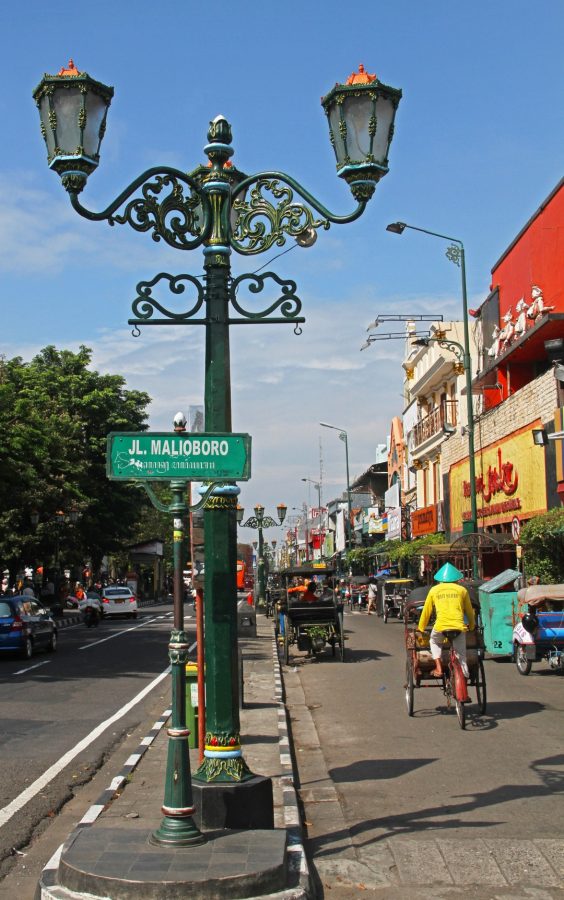
BOGOR DEVIATION
Train enthusiasts may want to deviate to Bogor, located 60 km south of Jakarta. Bogor has long been a seat of power and also a relaxing retreat for the former Dutch and British colonialists. While only a modest 290 m above sea level, average temperatures hover around 25˚C, making Bogor notably cooler than the capital. In 1745, the Dutch Governor-General built a palace here that became the official residence for subsequent Governors-General. Sir Stamford Raffles lived in it when he was the British representative in Java, and his wife is buried in the grounds of what is now the Presidential Palace.
Apart from peering into the expansive palace grounds, Bogor’s big attractions are its cool weather and the impressive Kebun Raya Botanical Gardens extending over 87 hectares. The Dutch did the initial planning of the gardens, and they were completed by British botanists sent from Kew Gardens. The gardens house over 3,000 plant species and are arguably the region’s finest. Bogor has a bustling market and numerous factory outlets selling discounted apparel. These outlets lure the locals at weekends and on public holidays, but train travellers will avoid most of the traffic congestion.
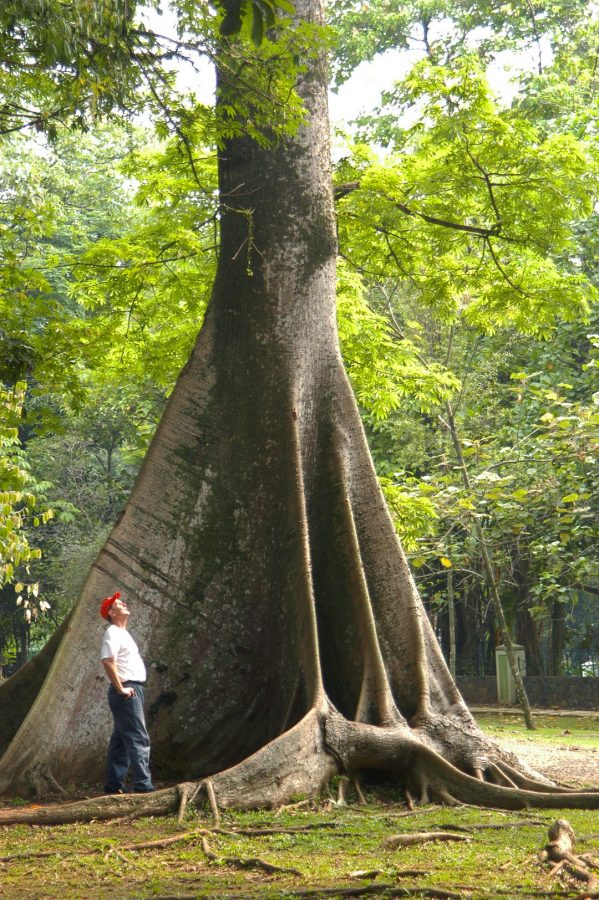
Those looking for an off-train deviation and a more relaxed pace of life should continue eastward to the refreshingly cool resort town near Puncak Pass at 1,500 m altitude. Puncak is located half-way between Jakarta and Bandung, and tea plantations and other temperate crops thrive in the misty mountains. From here, travellers who are ultimately heading to the east can return to Bogor and Jakarta for the train or catch a bus to Cianiur to rejoin the train for Bandung.
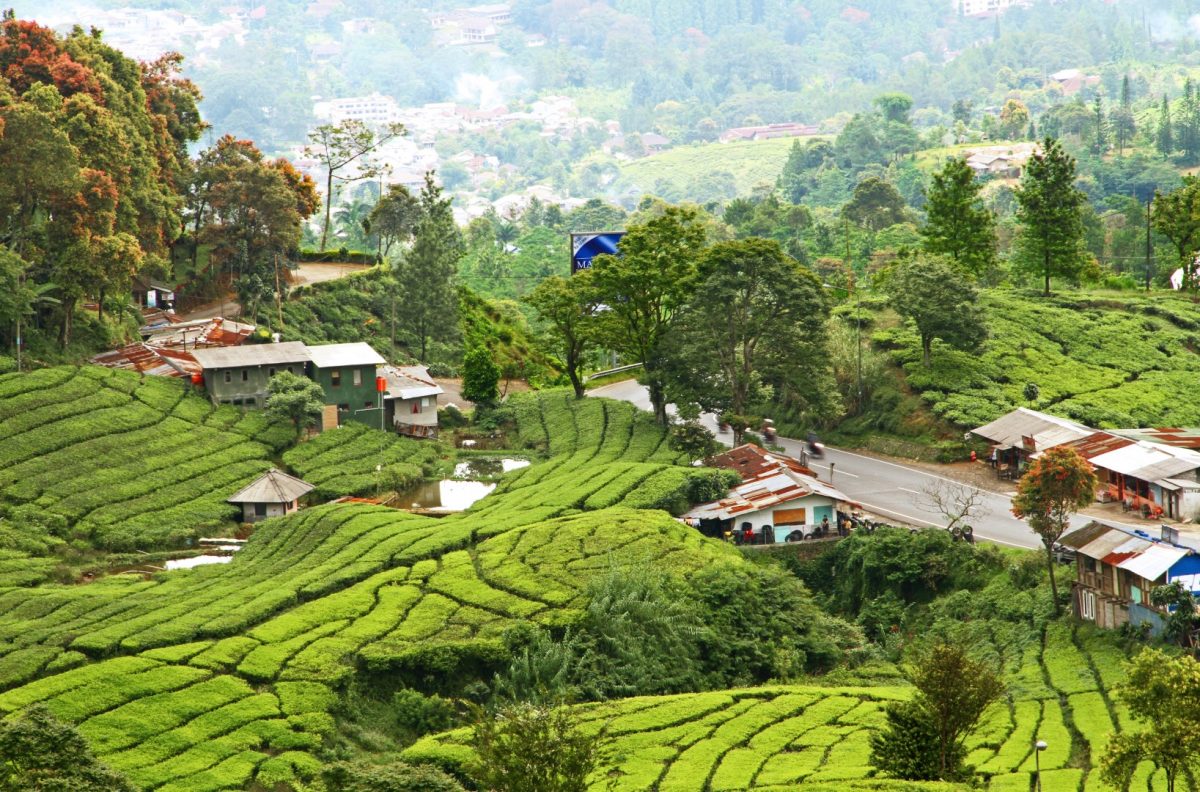
JAVA RAIL OPTIONS
There are several other rail journeys across Java to consider. A northern line extends from Jakarta to Surabaya via Semarang. The other, via Bandung, heads to Yogyakarta and then onto Solo and Surabaya. From Surabaya, trains travel south to Malang or east to Banyuwangi. Train enthusiasts could spend many days on the rails and at the key tourist destinations along their journey.
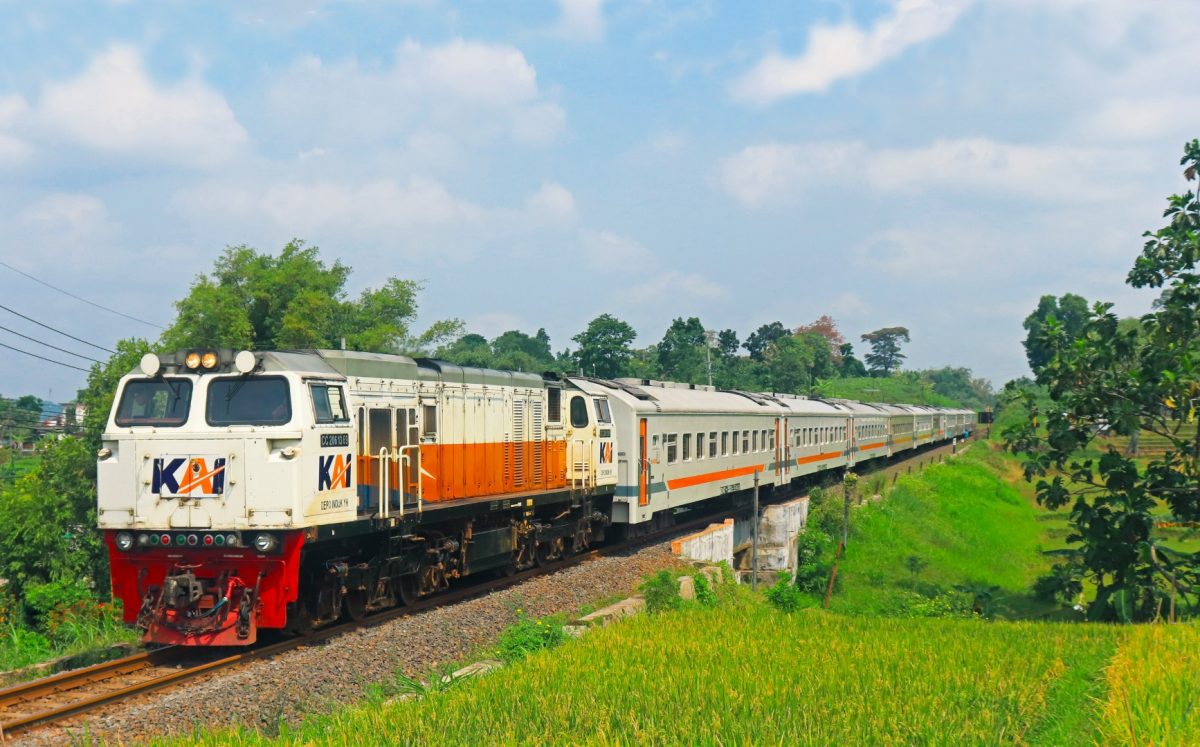
HIGH-SPEED RAIL TO BANDUNG
While regular rail services to Jakarta and Bandung still operate, the recently opened high-speed service is capturing all the attention. A joint Indonesian and Chinese company called Kereta Cepat Indonesia China (KCIC) built the railway. The service can operate at speeds of up to 350 km/hour, with the travelling time to Bandung reduced from three hours to just 46 minutes. This is the good news, but the bad news is that the terminus stations are some distance from the city centres of each, and travelling to both is tedious.
Bandung is Indonesia’s third-largest city and the capital of West Java Province. Being reasonably close to Jakarta, it is popular with city folk at weekends, especially for shopping at branded factory outlets. There are an interesting number of Dutch colonial buildings, especially those of Art Deco or New Indies architectural style, set amongst its ever-rising skyline.
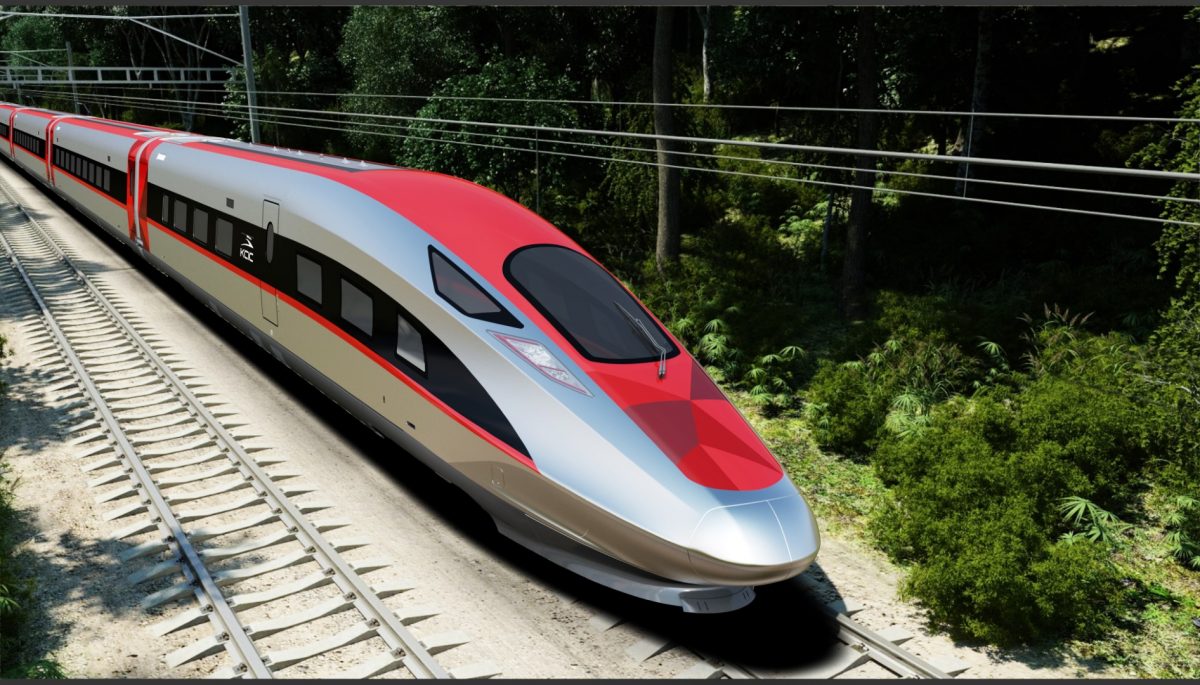
TO YOGYAKARTA
From Bandung, travellers can take a selection of intercity trains to Yogyakarta. The most popular is the Argo Wilis, the premier express train service on Java’s southern line. This train departs in the morning and passes through picturesque mountains, with my tip being a seat on the left for the finest views. The scenic sections first appear as the train enters Garut, with the line perched above a valley against a backdrop of volcanoes. The train proceeds slowly because of numerous sharp curves and steep gradients.
Beyond Tasikmalaya and all the way to Yogyakarta, views of the mountain give way to scenic rural flatlands interspersed with hilly terrain and volcanoes such as Mount Merapi in the distance.
Yogyakarta is the historic capital of a special economic region and a centre for classical Javanese culture and arts, including textiles (batik), dance, art, music (gamelan), wayang kulit (shadow puppetry), and silversmithing. There are several heritage buildings, including the Kraton (which includes the Sultan’s Palace) and Dutch colonial structures, while Jalan Malioboro is Yogyakarta’s commercial and retail centre.
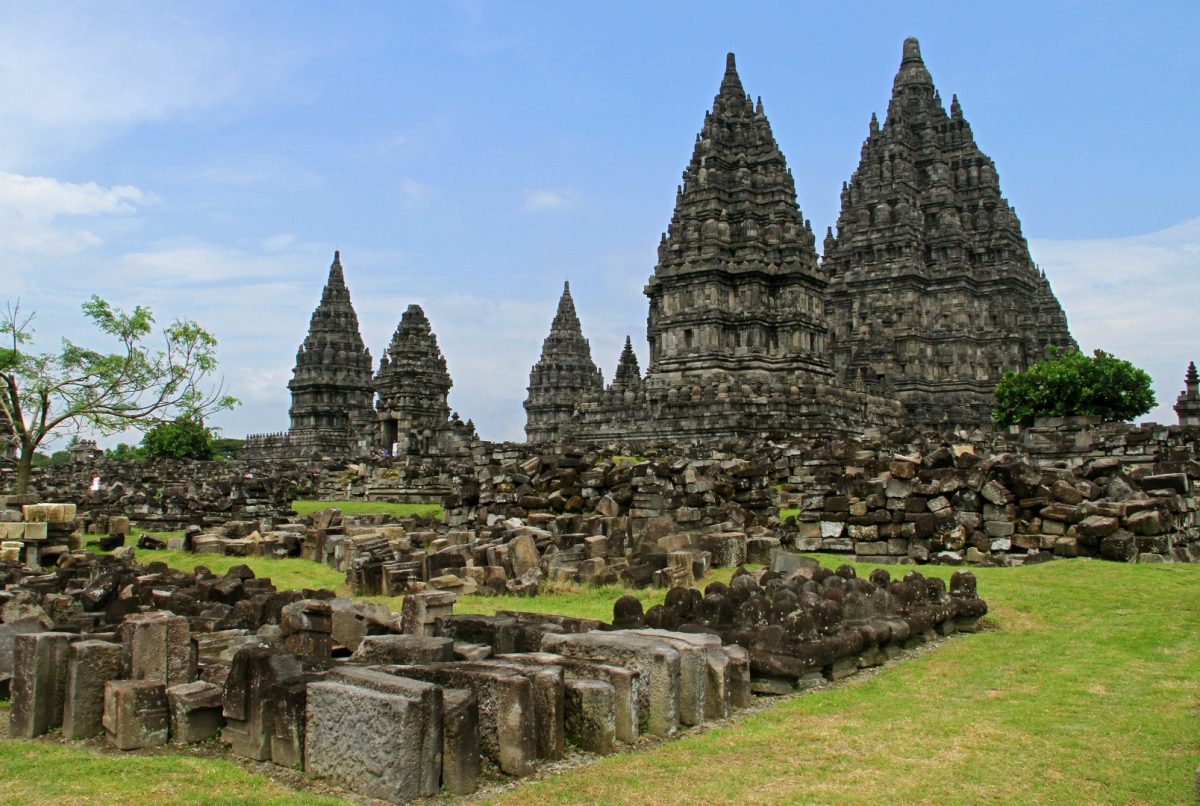
The UNESCO World Heritage Sites of Borobudur (Buddhist) and Prambanan (Hindu) are located nearby. Built 1,200 years ago, Borobudur was seemingly abandoned or partially buried under volcanic ash. A massive reconstruction was completed in 1983, and now its terraces, bell-shaped stupas, and religious images are protected at the world’s largest Buddhist site. Watching the sun rise over Borobudur from behind the surrounding volcanic peaks is a rite of passage for many tourists to this area.
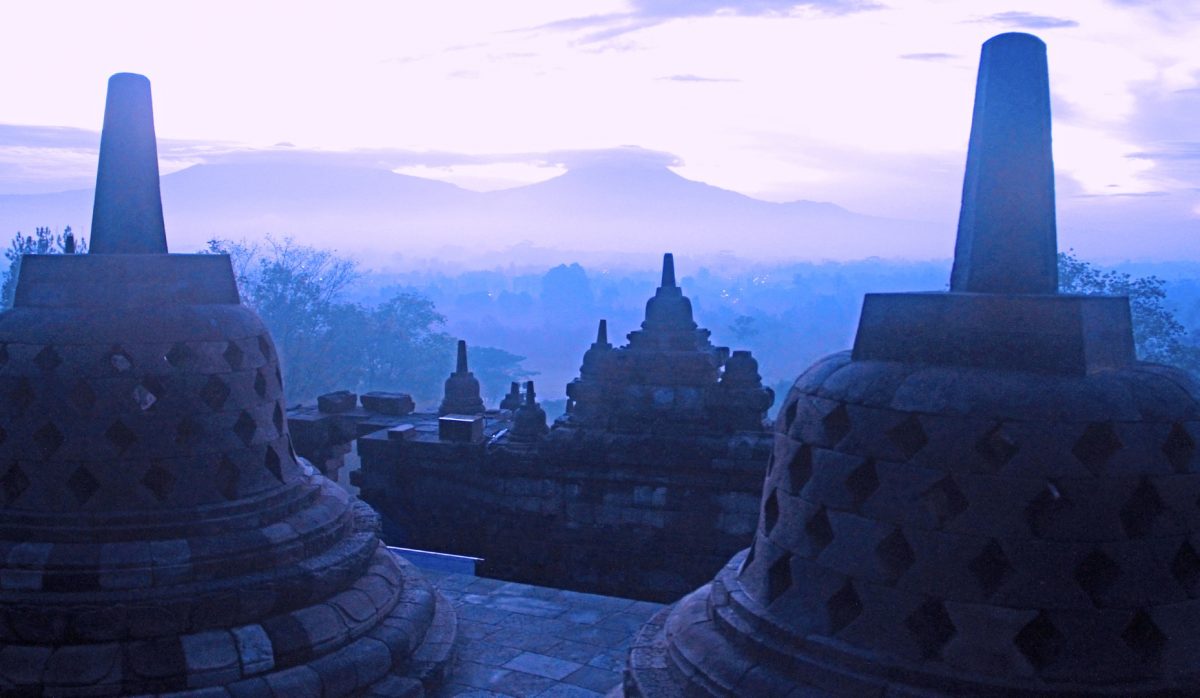
IT’S IN THE DETAIL
As purchasing rail tickets online presents some problems for non-Bahasa Indonesia speakers (and in many cases, only Indonesian credit cards can be used), buying tickets is best done via Tiket.com. Once in the country, tickets may be purchased at railway stations and also from touch-screen terminals installed in convenience stores such as Indomaret, where there’s usually someone to offer helpful assistance.
Important station codes for the main routes are Jakarta Gambir (GMR), Jakarta Pasar Senen (PSE), Bogor (BOO), Bandung (BD), Yogyakarta Tuju (YK), and Solo Kota (STA).
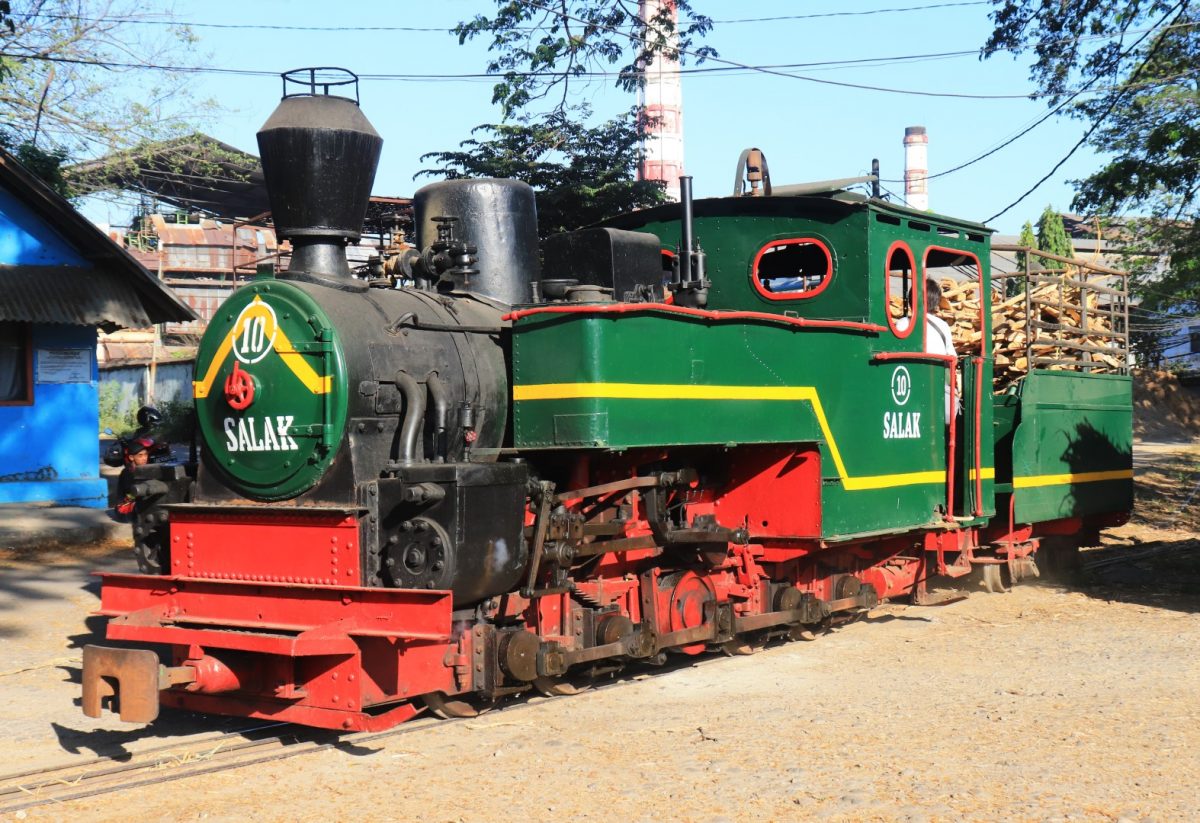
Most carriages are air-conditioned, and the seating varies across the carriage, but is mostly four seats, two on either side of an aisle (Eksekutif Luxury has just two seats and Ekonomi has five seats). Eksekutif Luxury seats are similar to airline business class and available on some trains, including those from Jakarta to Yogyakarta and Jakarta to Surabaya. Other classes include Eksekutif (individual reclining seat), Bisnis (non-reclining seats, four across), and Ekonomi (non-reclining, but newer carriages have reclining seats). Newer trains tend to be over-air-conditioned, and older, slower trains are under-air-conditioned, so be prepared with the appropriate clothing.
Seeking advice and assistance from specialist train touring operators like Indonesian Railway Tour is highly recommended, especially for dedicated railway enthusiasts in search of the unique and unusual features of Java’s rail network.
TRAVEL CONTACTS
Indonesian Railway Tour (T: +62 822 3355-8301, E: [email protected], or masbagusadventure.wordpress.com) and Tiket.com (en.tiket.com/kereta-api).
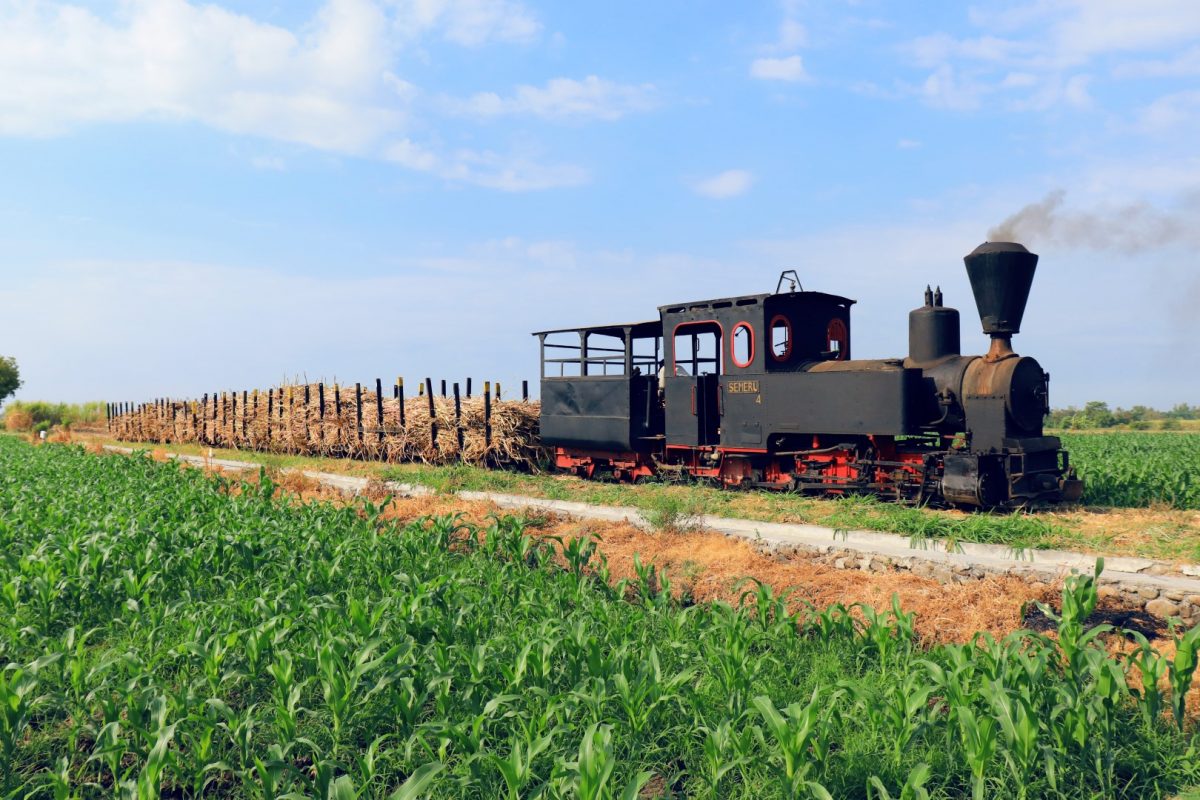
"ExpatGo welcomes and encourages comments, input, and divergent opinions. However, we kindly request that you use suitable language in your comments, and refrain from any sort of personal attack, hate speech, or disparaging rhetoric. Comments not in line with this are subject to removal from the site. "



















